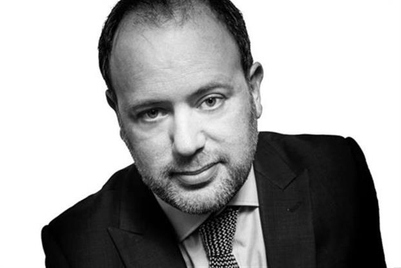
Facebook’s changes led to accusations that the social network giant was attempting to satisfy its investors by forcing brands to pay to attain the same reach as before, but marketers who saw the move as an opportunity to up engagement levels appear to have been proven right.
GroupM's Next Predictive Insights team, in conjunction with the group’s social-media and community activation agency M80, analysed the Facebook pages of 25 brands following Facebook’s move.
The study found that prior to the EdgeRank algorithm change, the brands studied had an average reach of roughly 16 per cent. Following the change, the percentage of fans who see a brand’s post dropped by 38 per cent. However, the decrease in exposure resulted in almost double the engagement.
While there seems to be little amiss on the surface, the dramatic lift in engagement cannot offset the decline a brand with millions of fans will experience from reduced post exposure, said the report. This presents a challenge for brands that don't wish to become depedent on paid support for sufficient reach.
Nevertheless, GroupM’s report posits that there is an upside. The change means that the material brands post to Facebook is being better targeted toward users with high brand affinity due to the fact that EdgeRank (in part) makes posts more visible if the user is more engaged with a brand’s Facebook page.
In studying the types of posts brands make—photos, status updates, links, videos, and shares—the study determined that not all types have a negative return compared to reach before the algorithm change. While most types have seen declines, the reach of status updates has increased, signifying one option brands can now embrace to increase reach.
The report also found that brands can further maximise the potential of organic reach by better engagement with users through stories and broader consumption metrics. Stories are active forms of participation that take place whenever a user likes, comments or shares a brand’s content. Consumption includes more passive user activities and occurs whenever a user views a video or photo or clicks on a page post.
When examining what connects with users at a story level, brands can take heart in having multiple options for engagement success in the new Facebook environment. Most types of posts (such as photos, status updates, links and videos) produced more stories per impression after the change to the Facebook algorithm. Shares, on the other hand, declined in engagement per impression.
This means that if brands are looking for higher levels of engagement, they must consider the types of posts they create, because some posts do not generate the same levels of engagement as others.
 some form of user consumption, while after the change nearly 4.3 per cent of impressions lead to engagement. In other words, there is a 59 per cent increase in probability that a post will be engaged with passively. The type of posts users will consume in the new environment is illustrated in the accompanying chart (right).
some form of user consumption, while after the change nearly 4.3 per cent of impressions lead to engagement. In other words, there is a 59 per cent increase in probability that a post will be engaged with passively. The type of posts users will consume in the new environment is illustrated in the accompanying chart (right).While engaging content still matters, it appeals to only a small audience of fans, regardless of quality. “Individual post quality no longer requires as high a standard,” determined the study.
GroupM then put these insights to the test. The study found that by applying the learnings in this report, administrators of the brand pages analysed in the report were able to increase their reach by 28 per cent through strategic application, said the study. "It is therefore possible for brands to extend reach by analysis and insight as well as paid support," it concluded.


+(900+x+600+px)+(3).png&h=334&w=500&q=100&v=20250320&c=1)
+(900+x+600+px).jpg&h=334&w=500&q=100&v=20250320&c=1)
.jpg&h=334&w=500&q=100&v=20250320&c=1)


.jpg&h=334&w=500&q=100&v=20250320&c=1)
+(900+x+600+px).png&h=334&w=500&q=100&v=20250320&c=1)

+(900+x+600+px)+(1).png&h=334&w=500&q=100&v=20250320&c=1)

.jpg&h=268&w=401&q=100&v=20250320&c=1)
.jpg&h=268&w=401&q=100&v=20250320&c=1)
.jpg&h=268&w=401&q=100&v=20250320&c=1)

.jpg&h=268&w=401&q=100&v=20250320&c=1)

